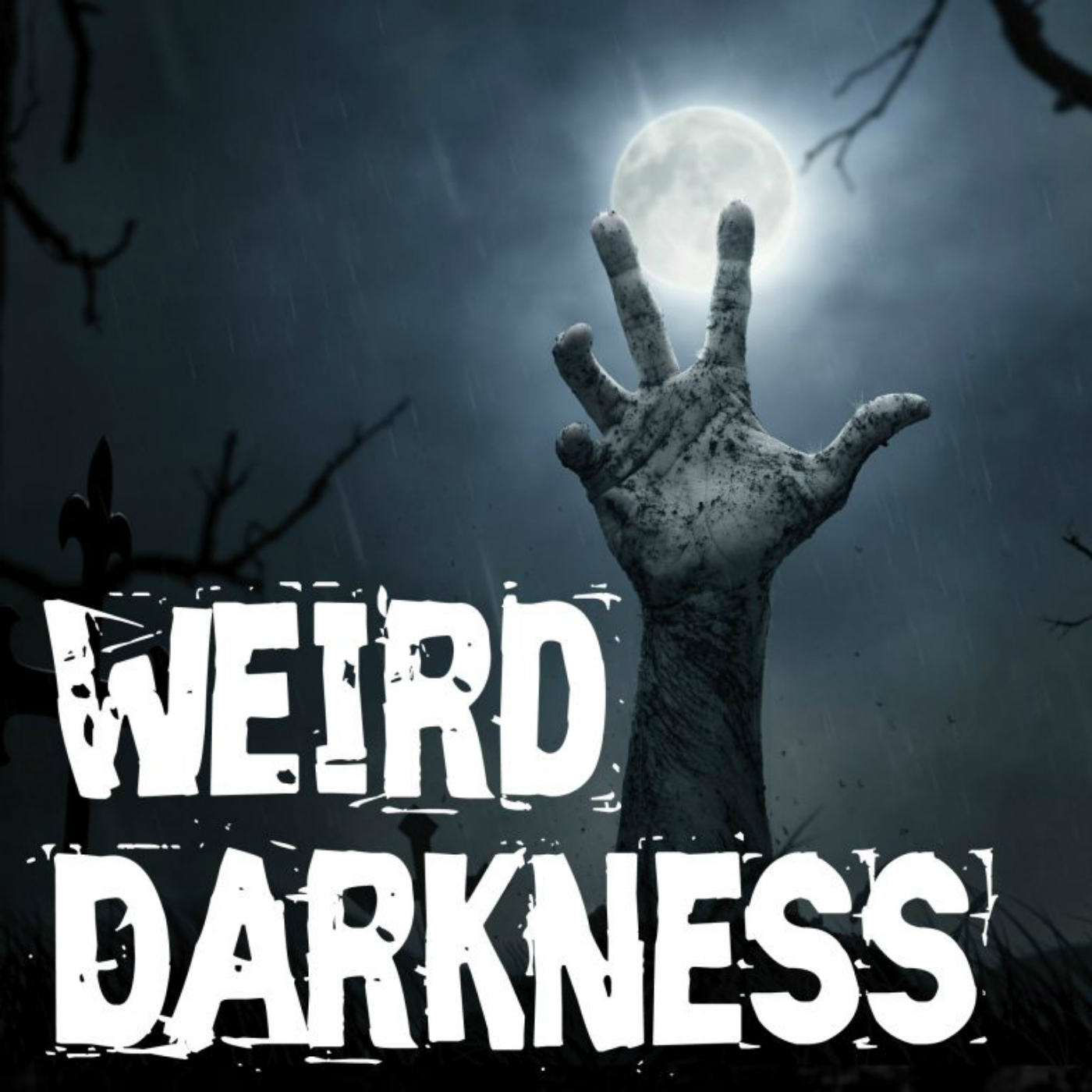28 October 2016 | Audible Activity, Creepy places, Haunted houses, Haunted locations, October 2016
If you’re ever travelling through Alabama during your vacation time… you may find yourself face-to-face with the very essence of evil. A place called Sloss Furnaces. This dark, and grisly place, from 1882 to 1971, transformed coal and ore from surrounding acres into the hard steel that would pave the way for industy.
From skyscrapers in New York to cars being built in Detroit, America came to rely on Sloss Furnaces for providing materials needed to produce thousands of products. But this success came at a dangerously high price…
In the early 1900’s, James “Slag” Wormwood, was foreman of the “Graveyard Shift”, the period between sunset and sunrise, where a crew of nearly one hundred and fifty workers toiled to keep the furnace fed.
During the summer months, temperatures throughout the plant would reach more than 100 degrees. Lack of sleep, the heat, and low visibility made working the furnace literally a “living hell” and only the poorest of workers, would work it.
Wormwood, a cruel overseer, would make his workers take dangerous risks, forcing them to speed up production. During his reign, nearly fifty workers lost their lives, ten times more than any other shift in the history of the furnace. Countless others lost their ability to work due to accidents, mishaps, and even a recorded explosion in the small blowing engine house in the late 1880’s that left several workers burned blind.
In October of 1906, James “Slag” Wormwood, lost his footing at the top of the highest blast furnace (known as Big Alice), and plummeted into a pool of melted iron ore. His body melted instantly.
It was reported that “Slag” must have become dizzy from the methane gas created by the furnace and lost his balance–but Slag had never set foot on top of furnace during his years of employment. Many believed that the workers had finally had enough of Wormwood’s slave driving, and fed him into the furnace–but no workers were ever brought to trial.
Sloss Industries soon discontinued the graveyard shift, citing numerous reports of accidents and “strange incidents” that decreased steel production. But the legend of “Slag” grew each year after his disappearance. Workers complained of an “unnatural presence” they increasingly encountered throughout the plant.
A night watchman in the early 1920’s sustained injuries after being “pushed from behind” and told angrily by a deep voice “to get back to work.” The man could find no sign of any other living person near the furnace that night.
In 1947, three supervisors turned up missing. Found unconscious and locked in the small boiler room in the southeastern part of the plant, none of the three could explain exactly what happened to them. But they all agreed they were approached by a man whose skin appeared badly burned and who angrily shouted at them “to push some steel.”
Probably the most horrifying tale occurred in 1971, when the night before the plant closed, Samuel Blumenthal, the Sloss security guard, who was taking a last look around the furnace, found himself face-to-face with “the most frightening thing he had ever seen.” He described it simply as “evil”, a “half man and half demon” who tried to push him up the stairs. When Blumenthal refused, the monster began to beat on him with his fists.
Upon examination by Dr. Jack Barlo, Blumenthal was found covered with intense burns. He died soon afterwards.
There have been more than one hundred reports of suspected paranormal activity at Sloss Furnaces recorded in Birmingham Police records. From minor incidents, such as steam whistles apparently blowing by themselves, to major sightings and the rare physical assault. It is interesting to note that most these reports happen in the months of September and October at night, during the old “graveyard shift.”
So… if you ever find yourself roaming Sloss Furnaces at night… don’t make the mistake of believing that you are alone… The ghosts of the past are still toiling away….
© 2024, G. Michael Vasey & My Haunted Life Too.com (Unless indicated otherwise by author’s own copyright above). All rights reserved.

